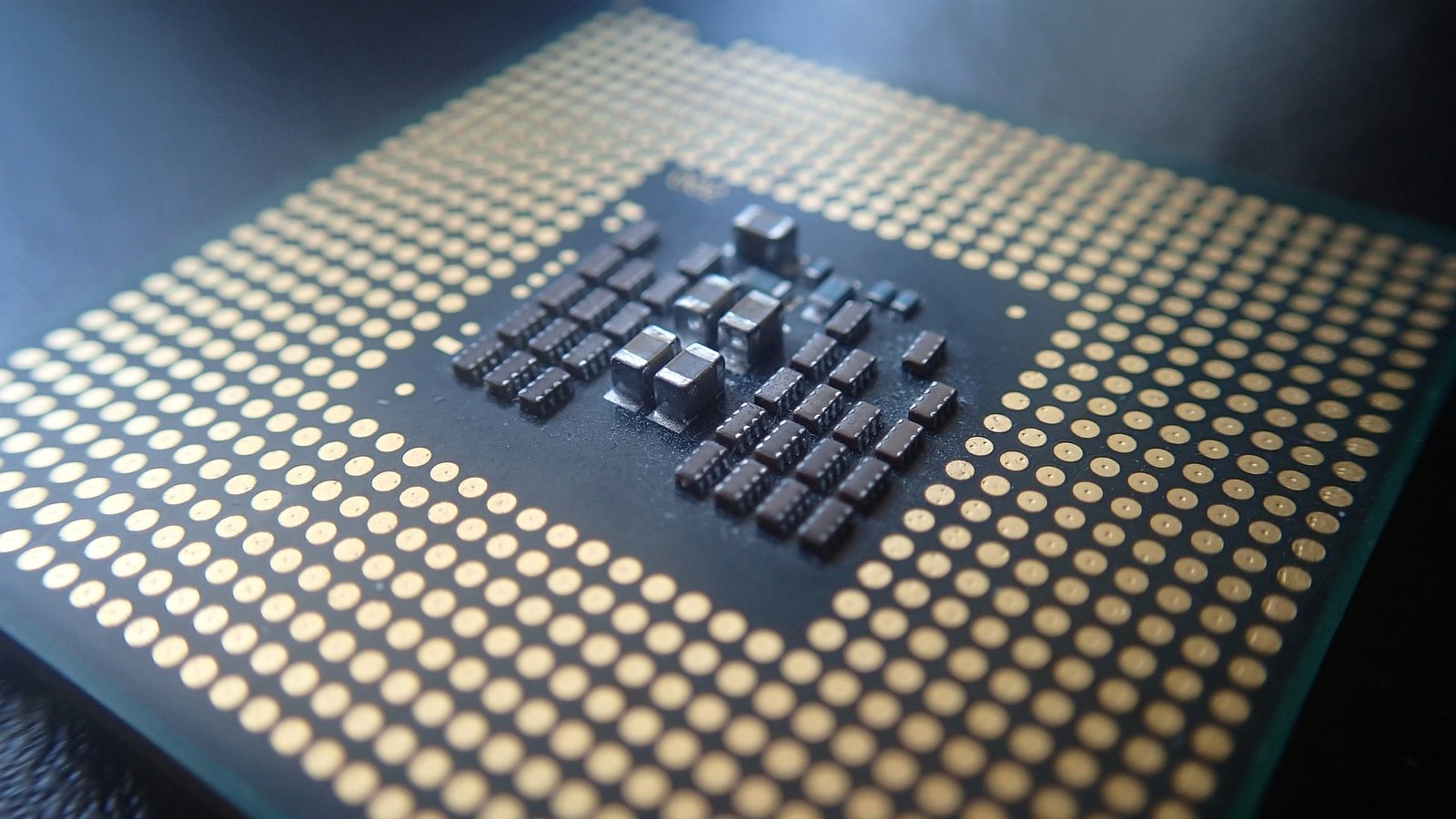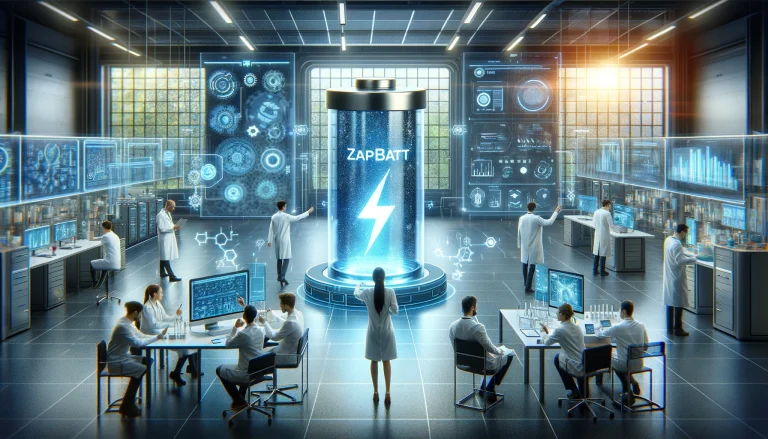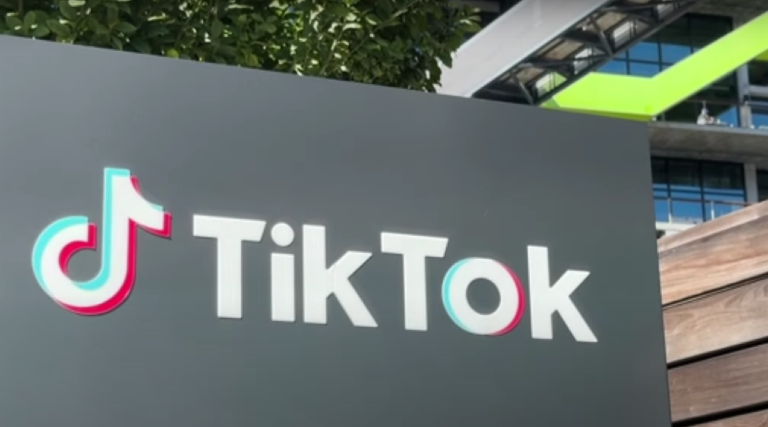The Future of Semiconductor Manufacturing in the U.S.: Micron’s $181 Billion Investment

Micron, a leader in memory and storage solutions, has announced a partnership with the U.S. government involving an allocation of $6.1 billion in funding, coupled with an impressive $125 billion investment from Micron itself. This funding is earmarked for the construction of new manufacturing facilities in New York and near Micron’s headquarters in Idaho. This initiative is recognized as the single largest private investment in the history of both states.
Government and Corporate Collaboration
The collaboration between the federal government and Micron is part of a broader strategy to bolster the domestic production capabilities of critical technologies in the U.S. The funding from the government comes with the expectation of advancing U.S. interests in the competitive global market, particularly in semiconductor manufacturing.
Initial Announcements and Plans
Approximately 18 months ago, Micron outlined its vision for manufacturing semiconductor memory in the U.S. This vision is now becoming a reality with the announced investments. The construction of fabrication plants (fabs) in Boise, Idaho, and Syracuse, New York, will commence, utilizing the granted funds to boost their development.
The Importance of Location
Both locations were chosen strategically. Boise is Micron’s birthplace and a longstanding hub for its operations, ensuring a solid foundation for the new facilities. Syracuse offers a fresh start in a region with historical manufacturing roots, backed by a robust educational infrastructure which includes junior colleges and prestigious institutions like the State University of New York (SUNY).
Recruiting Challenges
One of the significant challenges highlighted in the announcement is the recruitment of a skilled workforce in areas that traditionally have not had a large pool of manufacturing workers. Micron plans to address this through extensive community engagement and educational partnerships.
Educational and Training Initiatives
Micron has already begun initiatives to prepare the future workforce by starting a clean room training facility at a local community college. The company is also investing $250 million in community programs aimed at reaching out to rural communities, veterans, underrepresented groups, and women.
Long-Term Workforce Strategies
These initiatives are part of a broader strategy to not only fill immediate employment needs but also to sustain and grow the workforce capability over the long term. Micron’s commitment extends to working with construction unions to ensure that the necessary labor for building the facilities is available.
Economic and Technological Impact
Market Demand and Production Alignment
Micron’s investments are structured to align closely with market demands. This approach ensures that capital expenditures are kept in check and that production scales up responsively. The integration of R&D and manufacturing is expected to significantly reduce time to market for new technologies.
Next-Generation Technologies
Micron’s focus is not limited to expanding capacity but also encompasses the advancement of cutting-edge technologies like high-bandwidth memory. This technology is crucial for data-intensive applications such as artificial intelligence (AI), which requires increasingly sophisticated semiconductor solutions.
Future Assessments and Investments
Micron has established clear markers to assess the effectiveness of its investments and to decide on further capital allocation. These assessments will be crucial in adapting to the evolving tech landscape and market needs.
Micron’s strategic investment in semiconductor manufacturing marks a significant step forward for the U.S. in securing a competitive edge in the global tech industry. By leveraging federal support and focusing on innovative technologies and workforce development, Micron is poised to influence the semiconductor market profoundly. This initiative not only promises economic growth and job creation but also ensures that the U.S. remains at the forefront of technological innovation in the digital age.





